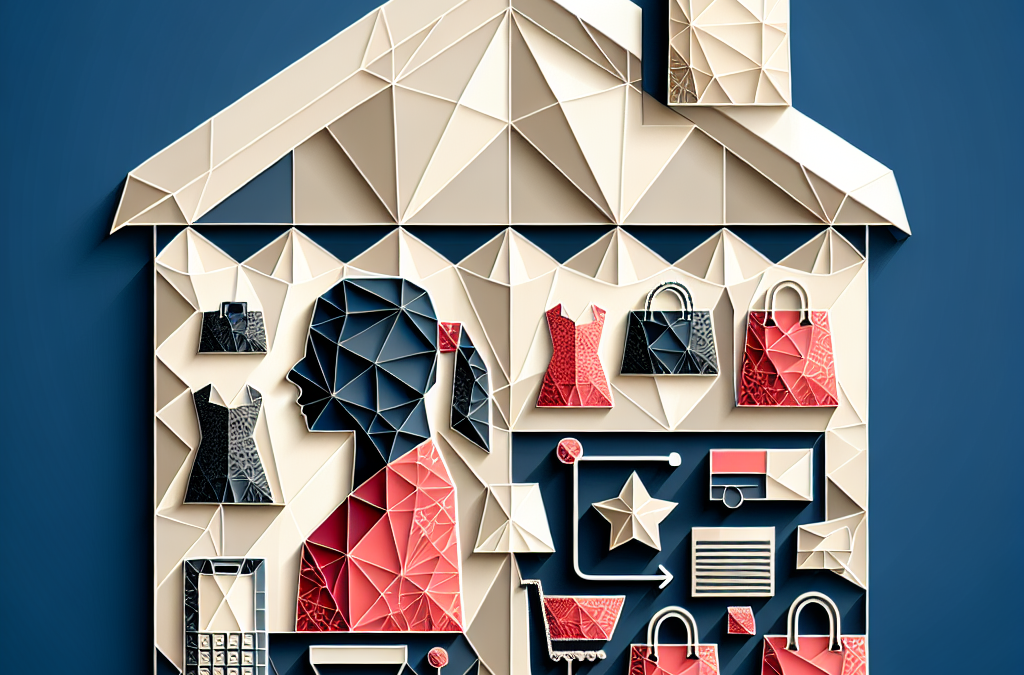The Changing Face of Retail
Welcome to The Real Estate Espresso Podcast, your morning show catered to keeping up with what’s new in the world of real estate investing. I’m your host, Victor Menasce. Today’s show is the first in a mini-series on the changing landscape of retail.
We’ve been hearing about the death of retail for more than five years now. There’s no question that retail is changing. Perhaps the biggest effect is the blurry line between online and offline. It used to be the case that customers would drive to their favorite shop and see what they had in stock. Customers would browse the aisles and make the buying decision based on what was in the store. That was rarely a perfect shopping experience. Most customers would walk out empty-handed.
Shopping malls reduced the frustration factor because there would be another potential supplier only a few doors down in the same mall. But the mega shopping mall of 400 stores can take you 20 minutes to get in and out of. By the time you park the car, walk to the mall entrance, find the store you’re looking for, and then walk the entire length of the mall only to find out they don’t carry what you’re looking for.
Today, I will check the company’s website before I even get my car keys. My expectation is the website will show me the products carried by the retailer, and also show me the inventory located in each store. If the store closest to me doesn’t carry it, the website will show me which ones do. Maybe I’ll drive a little further, or I’ll call and ask for the inventory to be transferred to the store closest to me. If the store has 50 units of what I’m looking for, then maybe I might just drive to the store and pick it up.
The store knows that someone looked it up online and didn’t buy it. They also know that someone went to the store and bought the product. If they pick it up, it looks like it was a BRICKS and MORTAR purchase. They don’t know that I looked it up online, and didn’t buy. If I place the order online, from a retail perspective, the purchase looks like an online purchase. There is definitely a connection between the online and the offline.
Prior to the pandemic, online accounted for about 8% of retail sales. A continuation of the steady increase in the percentage of retail sales taking place online. Along came the pandemic, and online sales virtually doubled to more than 16% of all retail. Then, as the world emerged from the pandemic, online sales fell to 14% of all retail, before rebounding slowly up to about 16% in the 4th quarter of 2024.
Now if I want something from a store, I don’t mind driving to the store to pick it up if I want it immediately. If I don’t mind waiting a day or two, then I’m happy to order it online. But I don’t want to waste time driving to a store that doesn’t carry it, so the inventory had better be on the store’s website. I’ll often call the store and confirm they have the inventory on hand before getting my keys. Question is am I the only one who behaves that way? I don’t think so. The industry calls this clicks to bricks and it determines the success of a business.
Who would have thought that the success of a traditional bricks-and-mortar retail store would also depend on the quality of their online presence? After all, an offline store is not the same as an online store. Would the traditional convenience and foot traffic metrics not be more important?
Well, today in the world of grocery, grocery sales are about 14% online, slightly less than the rest of the e-commerce market. For groceries, I believe the location and foot traffic definitely matter more. After all, people shop for groceries far more often than they buy a pair of shoes. I believe that the major objection to online grocery sales is limited to the selection of fresh foods and meats. I know that I personally would not be willing to delegate the choice of vegetables to a store employee.
For example, if I say I’m buying bananas that I know I want to consume over the course of the week, I might choose some that are ready to eat now and then a few that will become ripe over the next few days. But maybe that will change, who knows?
Overall, online grocery sales soared ahead by almost 18% in the second half of 2024 on a year-over-year basis, after moving ahead just by only a fraction of a percent in the first six months of the year. Delivery comprised about 42% of grocery e-commerce sales last month up from about 40 percent a year earlier.
Meanwhile, pick-up claimed about 39% of the market last month, just below its share in the same period last year. Ship to Home Market, which represents order delivery by third parties like UPS and FedEx, claim just under 19% of the overall e-commerce market for groceries. Walmart captured 37% of all e-commerce grocery sales for the fourth quarter.
The food and beverage industry is also changing. Some restaurants are doing more than 50% of the revenue through the drive-through lanes. One A&W restaurant in Wisconsin added one more drive-through lane and revenue increased by 40%.
So the allocation of land and parking for multi-lane drive-through cannot be underestimated. It is critically important if it’s a business that potentially has a drive-thru component whether that’s coffee, fast food… any kind of convenience foods, a drive-through lane is vitally important.
On tomorrow’s show, we’re going to be looking at what’s happening in retail space for leasing. Then at the end of the week, we’re going to be looking at what’s happening in the world of experiential commerce – Bricks and Mortar experiential retail. As you think about that, have an awesome rest of your day and go make some great things happen. We’ll talk again tomorrow.
Stay connected and discover more about my work in real estate by visiting and following me on various platforms:
Real Estate Espresso Podcast:
- 🎧 Spotify: The Real Estate Espresso Podcast
- 🌐 Website: www.victorjm.com
- 💼 LinkedIn: Victor Menasce
- 📺 YouTube: The Real Estate Espresso Podcast
- 📘 Facebook: www.facebook.com/realestateespresso
- 📧 Email: [email protected]
Y Street Capital:
- 🌐 Website: www.ystreetcapital.com
- 📘 Facebook: www.facebook.com/YStreetCapital
- 📸 Instagram: @ystreetcapital



